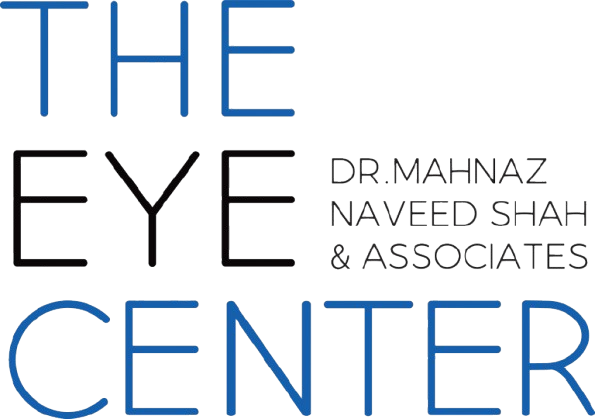How Karachi’s Environment Affects Children’s Eye Health
Karachi’s pollution, dust, and intense UV exposure can negatively impact children’s eyes. Frequent dust storms, smoke from traffic, and allergens can cause eye irritation, infections, and allergic conjunctivitis. Additionally, excessive screen time due to urban lifestyle contributes to digital eye strain and dry eyes among children. Proactive care is essential. Encourage children to wash their […]
Top Pediatric Eye Specialists in Karachi for Kids’ Vision Issues
Children in Karachi often experience undetected vision problems, which can affect their academic and social development. Pediatric ophthalmologists play a key role in early diagnosis and management of such issues. The city is home to several reputable eye centers with specialists focusing on children’s eye health. Common pediatric conditions include refractive errors, squint, lazy eye […]
How to Choose the Best Eye Clinic in Karachi: A Comprehensive Guide to The Eye Center – Dr. Mahnaz Naveed Shah & Associates
Selecting the right eye clinic is crucial for maintaining optimal vision and long-term eye health. With numerous options available, making an informed choice requires evaluating expertise, technology, and patient care standards. The Eye Center – Dr. Mahnaz Naveed Shah & Associates is a premier facility in Karachi, offering state-of-the-art diagnostics and personalized treatment solutions. Here’s […]
What is Myopia or Near Sightedness?
photo credit Encylopaedia Brittanica Myopia is a condition in which people are able to see near objects clearly but the distance objects appear blurry What are the causes and Risk factors for Myopia? Myopia occurs when the eye ball is longer than normal in length or the cornea (outer transparent portion of the eye) is […]
Best Glaucoma Care in Karachi
Dr. Mahnaz Naveed Shah is an outstanding glaucoma specialist and surgeon in Karachi who is renowned for her expertise and compassionate care. Dr. Mahnaz has trained fully from medical college to residency training and fellowship training at the best centers in The United States.With over 25 years of experience in ophthalmology, Dr. Mahnaz excels in […]
TIPS ON TAKING CARE OF DIABETES AFFECTING THE EYE
DIABETIC RETINOPATHYWith the exponential increase of diabetes in our population, and Pakistan being amongst the top mostnations in Asia being affected, it is very important to educate ourselves with diabetic retinopathy whichis the disease of the eye being affected by diabetes. WHAT IS DIABETIC RETINOPATHYRetina is a structure at the back of the eye which […]
What are Cataracts?
What are Cataracts?If you have a cataract that means your natural lens has become cloudy or foggy.You may be experiencing blurring of vision just like looking through a dirty windshield of yourcar. Photo Credit AAO How do I know I have Cataract?You may be developing a cataract if you are experiencing the following changes in […]
Best Eye Specialist in Karachi
Are you seeking top-notch eye care in Karachi? Dr. Mahnaz Naveed Shah, a distinguished United States trained ophthalmologist with over 20 years of experience is renowned for her expertise, experience and compassionate approach. With years of experience and a commitment to true excellence, Dr. Mahnaz Naveed Shah stands out as the go-to eye specialist for […]
Excessive blinking in Children
Parents frequently question whether they need to be concerned about their child’s excessive blinking. Although this symptom is usually not cause for concern, if your child blinks frequently or exhibits other worrying signs, you should take them to the doctor. Rarely, excessive blinking can indicate a neurological condition or cause vision loss. Four main reasons […]
Juvenile idiopathic arthritis
Children under the age of 16 are more vulnerable to the inflammatory joint disease known as juvenile idiopathic arthritis (JIA). JIA is an autoimmune disease. In JIA, white blood cells assault the body’s healthy joints (the cells that normally fight disease). The joints get inflamed as a result. It can make walking difficult. Other typical […]
